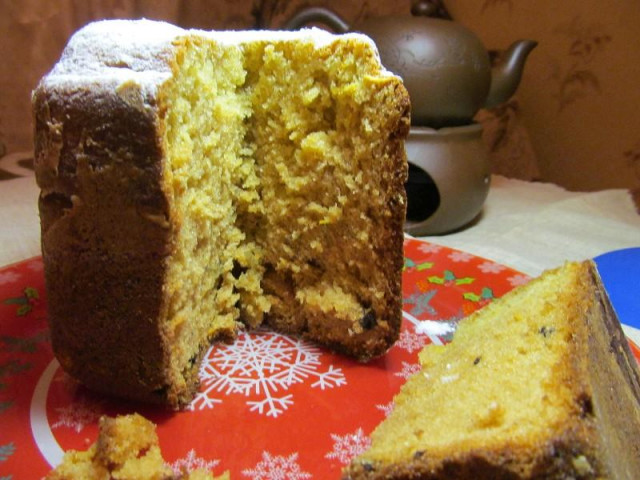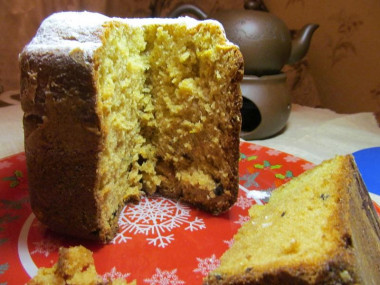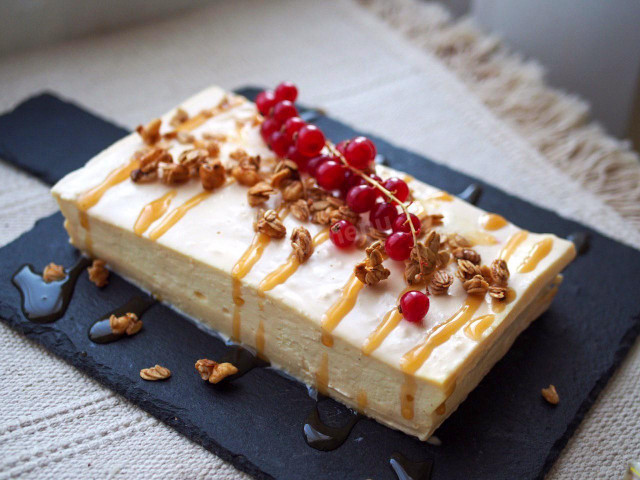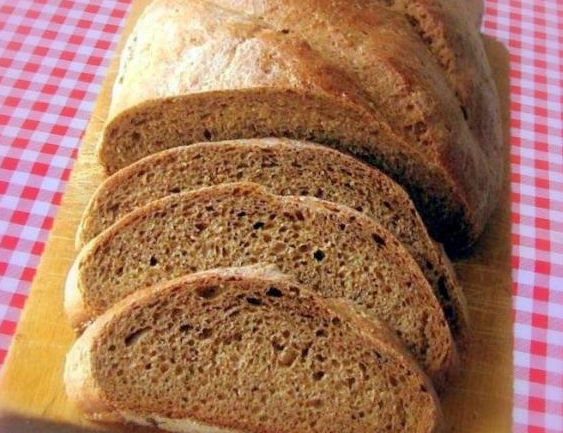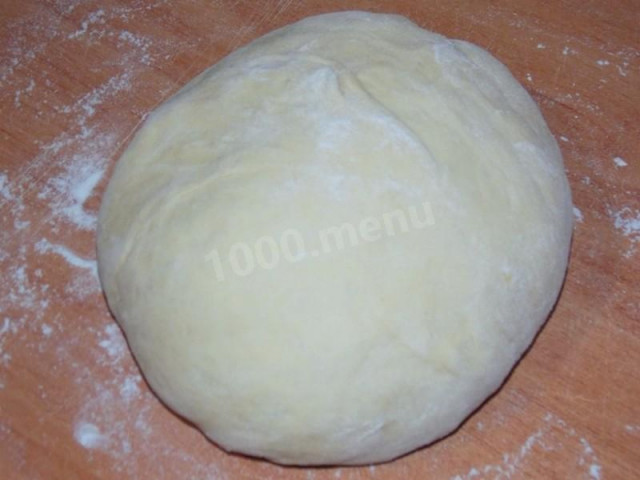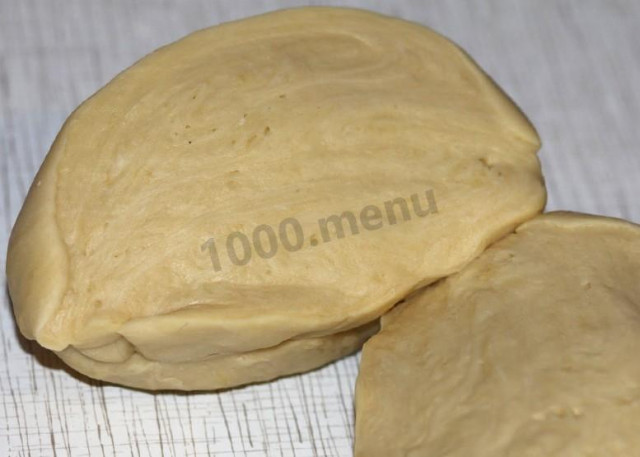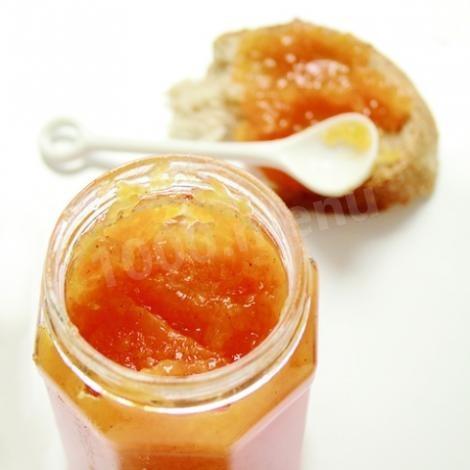Composition / ingredients
Step-by-step cooking
Step 1:
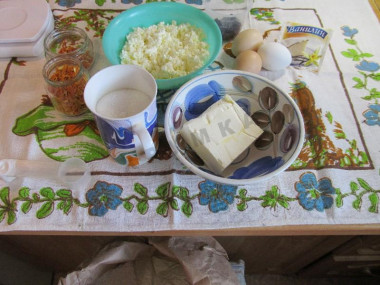
How to cook a curd cake in a bread maker? Prepare the required amount of products
Step 2:
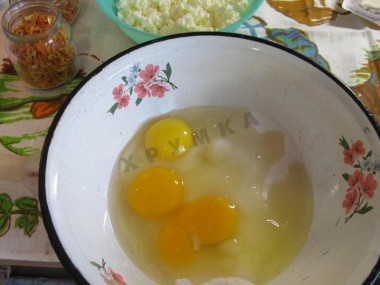
Beat eggs with sugar with a mixer...
Step 3:
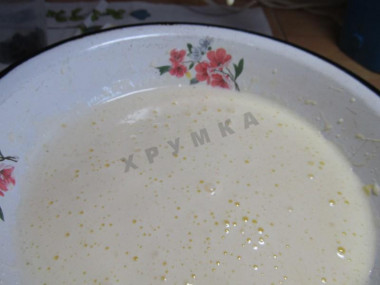
...to the state of strong foam
Step 4:
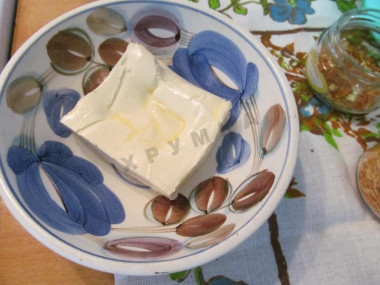
Put the butter in the microwave for 30 seconds, I had it only from the refrigerator, we need softened butter.
Step 5:
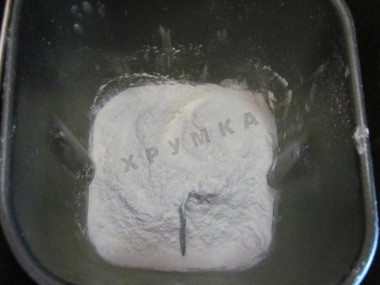
Pour flour, soda, and vanilla into the bread maker.
Step 6:
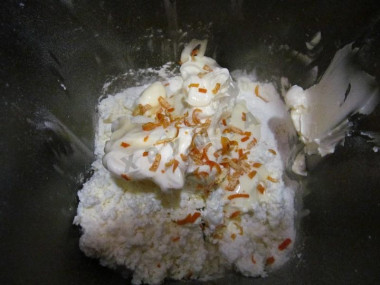
Then cottage cheese, butter, zest and raisins.
Step 7:
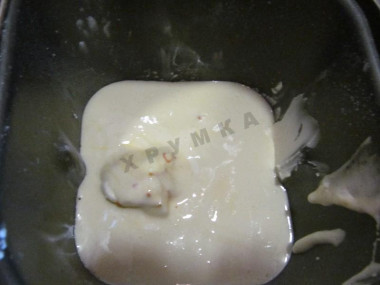
Beaten eggs with sugar.
Step 8:
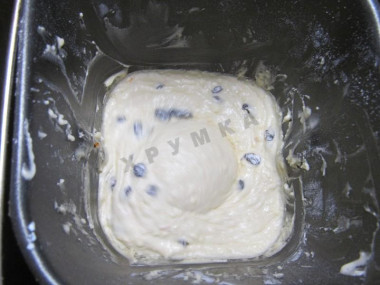
Put the program "Cupcake", I have it for 2 hours and 50 minutes. Somewhere in the middle of the program, my bread maker gives a signal that you can add raisins. I pre-washed it and rolled it in flour.
Step 9:
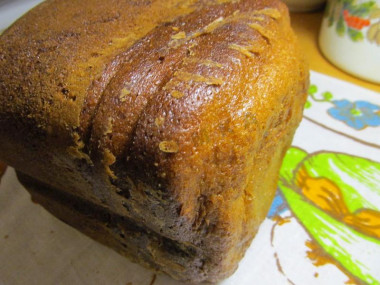
After the specified time, our cupcake is ready. We spread it on a towel and let it cool down
Step 10:
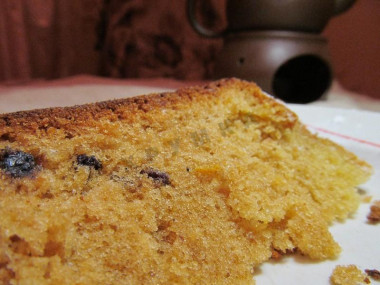
Have a nice tea party!
The order of placing products in the bread maker is written in the instructions - I have loose first, and then liquid. If you have the opposite, consider this point!
Important! In order for the curd dough or filling to be successful, it is important to carefully consider the choice of cottage cheese. A low-quality product can spoil baking, as it directly affects the consistency, taste and final result. How to choose the right cottage cheese for dough or filling read in this article .
Butter can be melted in the microwave or in a water bath.
How to melt butter in the microwave?
Cut the butter into small pieces and place it in a special container. To prevent the oil from splashing when heated, cover the oil vessel with a paper towel. The oil should be melted either at the lowest power or in defrosting mode. At first, five seconds will be enough. Next, if the butter has not melted yet, set it again for 5 seconds and start the microwave. Repeat the process several times until the desired result.
How to melt butter in a water bath?
You will need two containers of different diameters. Pour water into a large one and put it on the stove. Place the smaller container on top so that it is submerged in water by about half. Put the sliced butter into it. Under the influence of boiling water, the oil will begin to melt. Stir the oil slightly to speed up the process. As soon as the pieces of oil are completely dissolved, remove the container from the stove.
Is it possible to replace baking powder with soda, how to add them correctly so that the baking is lush, how to avoid an unpleasant soda taste and much more, read the article "Baking powder or baking soda - which is better?"
Calorie content of the products possible in the dish
- Cottage cheese of 40% fat content - 466 kcal/100g
- Cottage cheese of 20% fat content - 233 kcal/100g
- Cottage cheese of 18% fat content - 226 kcal/100g
- Cottage cheese of 10% fat content - 156 kcal/100g
- Low-fat cottage cheese - 75 kcal/100g
- Cottage cheese with sour cream - 260 kcal/100g
- Fruit cottage cheese - 147 kcal/100g
- Soft dietary cottage cheese - 170 kcal/100g
- Vitalinia cottage cheese - 64 kcal/100g
- Cottage cheese "morning" ( "danone") without sugar - 91 kcal/100g
- Cottage cheese - 156 kcal/100g
- Whole durum wheat flour fortified - 333 kcal/100g
- Whole durum wheat flour, universal - 364 kcal/100g
- Flour krupchatka - 348 kcal/100g
- Flour - 325 kcal/100g
- Granulated sugar - 398 kcal/100g
- Sugar - 398 kcal/100g
- Butter 82% - 734 kcal/100g
- Amateur unsalted butter - 709 kcal/100g
- Unsalted peasant butter - 661 kcal/100g
- Peasant salted butter - 652 kcal/100g
- Melted butter - 869 kcal/100g
- Raisins - 280 kcal/100g
- Kishmish - 279 kcal/100g
- Orange peel - 97 kcal/100g
- Vanillin - 288 kcal/100g
- Baking soda - 0 kcal/100g
- Chicken egg - 80 kcal/100g
- Tangerine peel - 97 kcal/100g

